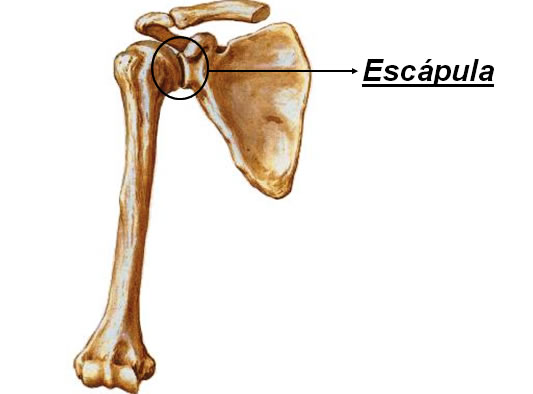Humerus
It is the largest and longest bone in the upper limb. It articulates with the scapula at the shoulder joint and with the radius and ulna at the elbow joint. It has two epiphyses and a diaphysis.
Proximal Epiphysis
- Humeral Head – Articulates with the glenoid cavity of the scapula
- Greater tubercle – Located lateral to the head and lesser tubercle
- Lesser Tubercle – Projects medially just below the cervix
- Anatomical Neck – Forms an obtuse angle with the body
- surgical neck
- Intertubercular Groove – Deep groove that separates the two tubercles
Distal Epiphysis
- Trochlea – Similar to a spool. It articulates with the ulna.
- Chapter – Smooth and rounded eminence. It articulates with the radio.
- Medial Epicondyle – Located medial to the trochlea.
- Lateral Epicondyle – Small tuberculate eminence. Located laterally to the chapter.
- Coronoid fossa – Small depression that receives the coronoid process of the ulna in flexion of the forearm.
- Radial Fossa – Small depression
- Olecranon Fossa – Deep triangular depression that receives the olecranon in the extension of the forearm.
- Ulnar Nerve Groove – Depression located inferior to the medial epicondyle.
diaphysis
- Deltoid tuberosity – Rough triangular elevation for insertion of the deltoid muscle
- Radial Nerve Groove – Wide and shallow oblique depression
The Humerus articulates with three bones: the Scapula, Radius and Ulna.
| HUMERUS - ANTERIOR AND REAR VIEW |
 |
| Source: SOBOTTA, Johannes. Atlas of Human Anatomy. 21 ed. Rio de Janeiro: Guanabara Koogan, 2000. |


